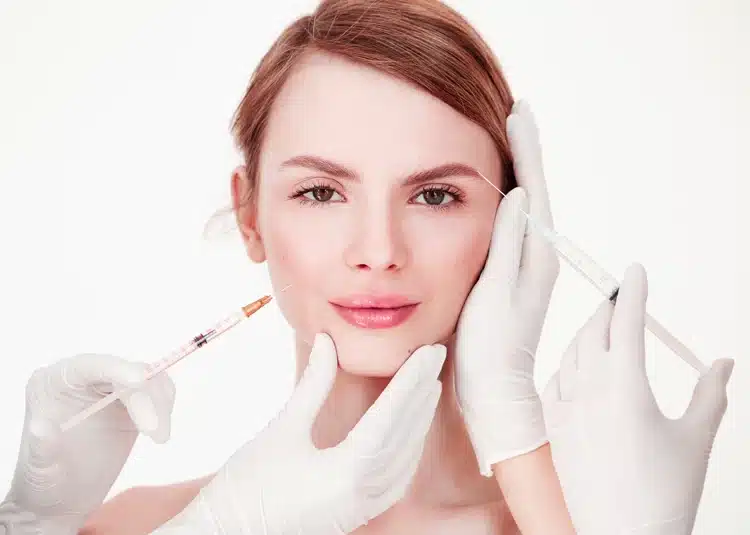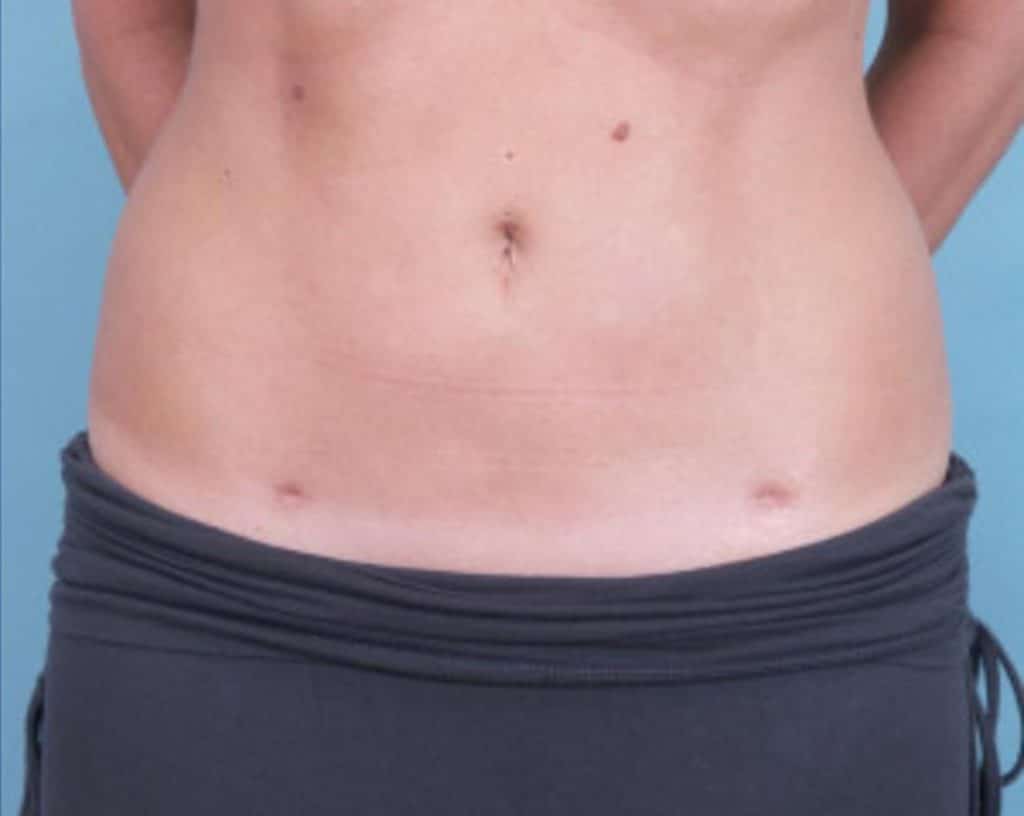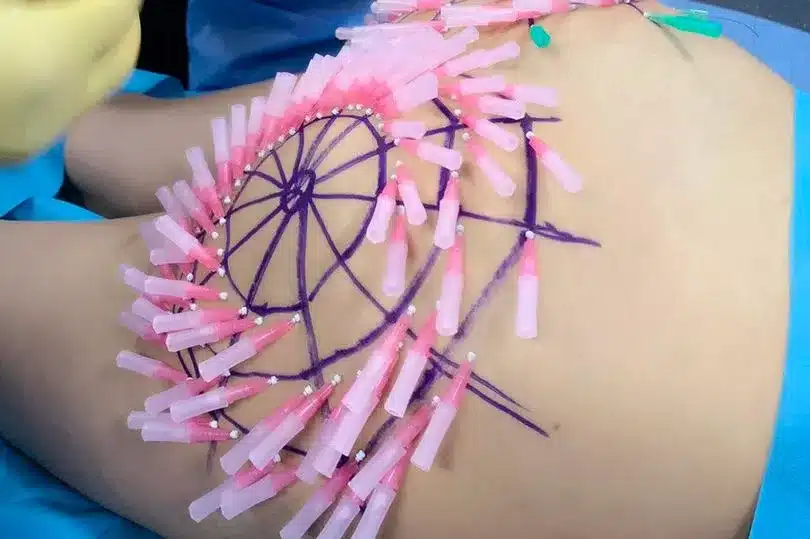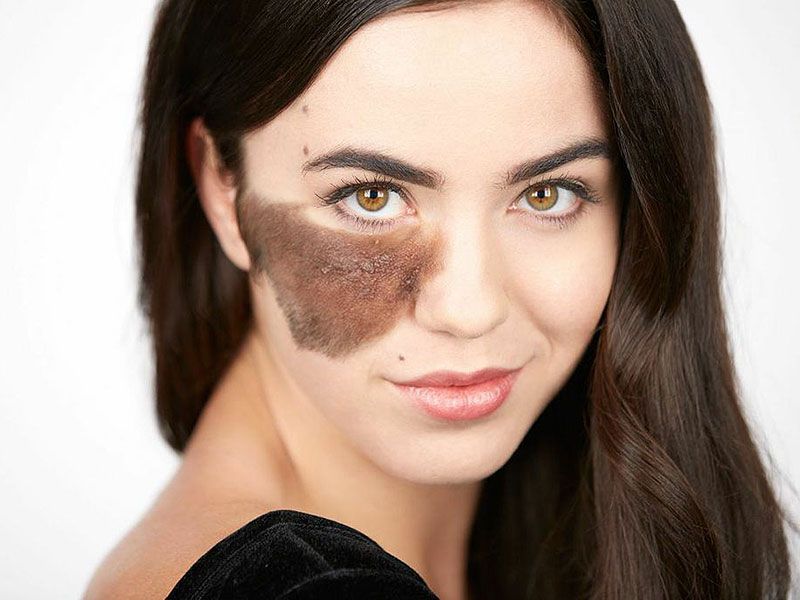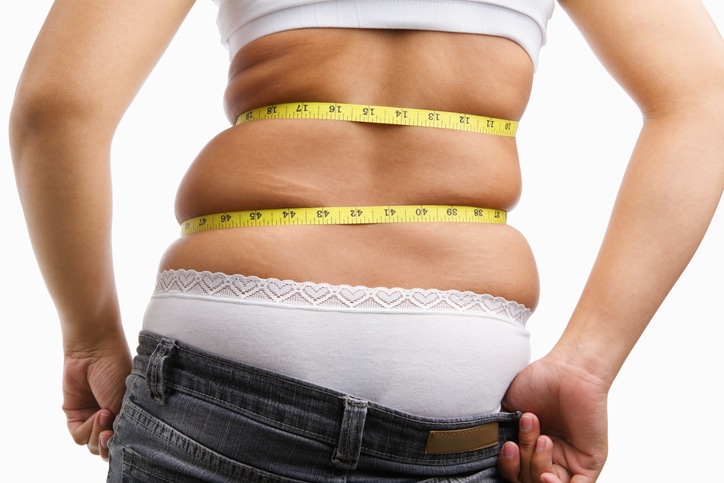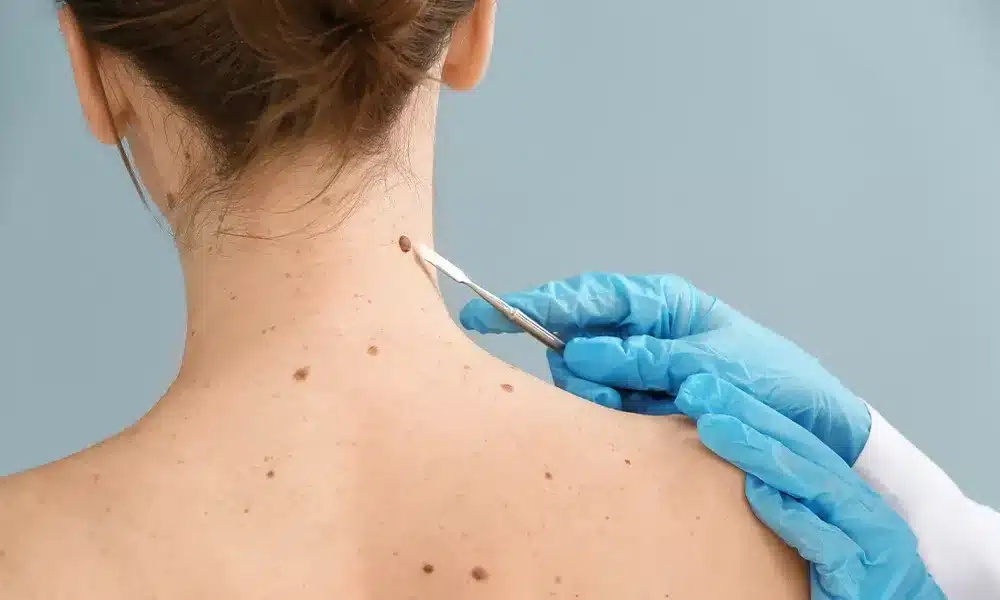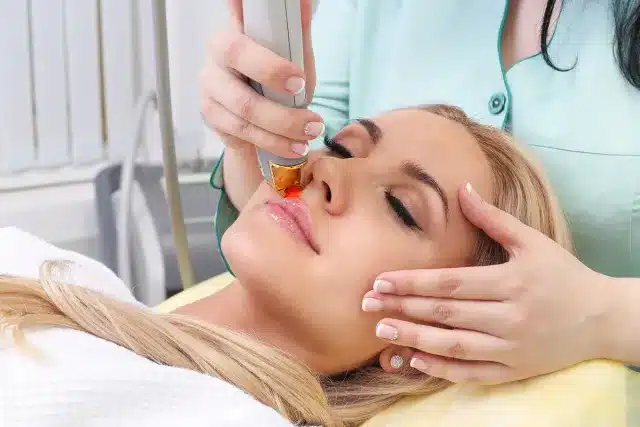Understanding Body Contouring
Definition
Body contouring reshapes specific areas of the body. It aims to enhance appearance by removing excess fat, cellulite removal, or tightening skin. The goal is a more sculpted look.
Surgical vs Non-Surgical
There are two main types of body contouring: surgical and non-surgical, including fat removal procedure, cellulite removal, cellulite reduction, and cryolipolysis. Surgical methods include liposuction and tummy tucks. These involve incisions and longer recovery times.
Non-surgical options are less invasive. They use techniques like radio frequency (RF) body contouring, cryolipolysis, fat freezing, and CoolSculpting. These methods have shorter recovery periods and fewer risks.
Rise in Popularity
Non-invasive techniques for fat reduction and skin tightening, such as cryolipolysis and cellulite treatments, have become popular. People prefer laser hair removal treatments and cryolipolysis due to minimal downtime and lower risk. Procedures like RF body contouring and cryolipolysis use energy waves to heat and destroy fat cells.
CoolSculpting, on the other hand, freezes fat cells to eliminate them. Both methods offer effective results without surgery.
Radio Frequency Fat Reduction Explained
How RF Works
RF fat removal treatments use heat to target fat cells and cellulite. The device emits radiofrequency energy, which penetrates the skin layers for laser hair removal treatments, rf fat removal, and cellulite reduction. This energy heats the hypodermal adipose tissue. This process causes the fat cells to break down.
The body then naturally eliminates these broken-down cells. The treatment is non-invasive. It does not require surgery or anesthesia.
FDA Approval
RF body contouring is FDA-approved. This approval ensures the safety and effectiveness of the treatment, including laser hair removal treatments, cellulite, rf fat removal, and fat freeze. Many clinics offer radiofrequency treatments due to this endorsement.
Patients should always verify that their chosen clinic uses FDA-approved devices for cellulite, rf fat removal, and fat freeze. This step helps ensure a safe experience.
Dual Benefits
Radiofrequency treatment offers dual benefits. It reduces fat and tightens the skin. The heat stimulates collagen production in the skin layers.
Collagen makes the skin firmer and smoother. This benefit helps improve the overall appearance. Patients often notice reduced cellulite as well.
Safety Profile
RF fat removal has a strong safety profile. Most patients experience minimal side effects. Common side effects include redness and slight swelling.
These effects usually disappear within hours. There is no downtime required after the procedure. Patients can return to their normal activities immediately.
Results and Sessions
Results from RF treatments are not immediate. Fat reduction claims show that results, including cellulite reduction, appear gradually over weeks or months. Multiple sessions may be necessary for optimal results.
A typical course includes 4-6 sessions of fat freeze and rf fat removal spaced a few weeks apart. Consistent treatment leads to better outcomes.
CoolSculpting Unveiled
Cryolipolysis Process
CoolSculpting uses a process called cryolipolysis. This method freezes and kills fat cells. The cool temperatures target the subcutaneous adipose tissue to fat freeze without harming the skin.
The procedure involves placing a CoolSculpting device on the treatment area to fat freeze. The device cools the fat cells to a precise temperature. The cold causes the cells to crystallize and die.
FDA Approval
CoolSculpting, a fat freeze treatment, has received FDA approval for use in various body areas. These include:
- Abdomen
- Flanks (love handles)
- Thighs
- Under the chin
This approval ensures that CoolSculpting is safe and effective for these fat freeze regions.
No Downtime
One major advantage of CoolSculpting fat freeze is the lack of downtime. Patients can return to their normal activities immediately after fat freeze treatment. Unlike liposuction surgery, which requires recovery time, CoolSculpting fat freeze allows for a quick return to daily life.
The results are gradual. Over weeks to months, the body naturally processes and eliminates the dead fat cells. This leads to a more sculpted figure body over time with fat freeze.
Body Contour Improvement
CoolSculpting offers gradual improvement in body contour. Patients often see changes within three weeks post-treatment. The most dramatic results appear after two months.
The patients may experience minor side effects like redness or swelling from fat freeze. These typically resolve quickly. For those seeking non-invasive fat reduction, CoolSculpting provides an effective option.
Comparison with Other Methods
Compared to radio frequency fat reduction, CoolSculpting focuses on freezing fat cells. Radio frequency targets fat through heat. Both methods aim to reduce fat but use different technologies.
Effectiveness and Results Compared
Time Frame
Radio frequency (RF) fat reduction shows results quickly. Many see changes within a few weeks. This method uses heat to target fat cells. Results appear faster because the body eliminates these fat freeze cells rapidly.
CoolSculpting, on the other hand, takes longer. It can take 2-3 months to see full results from fat freeze. This is because it freezes fat cells, which are then naturally removed by the body over time. The gradual process means you need patience.
Longevity
Both treatments offer long-lasting effects. However, they may require repeat sessions. RF fat reduction often needs maintenance treatments every few months. This helps keep the results consistent.
CoolSculpting’s results can last longer without frequent touch-ups. But some might need additional sessions to achieve desired outcomes. Both methods depend on maintaining a healthy lifestyle for enduring results.
Skin Appearance
RF fat reduction not only targets fat but also tightens the skin. The heat stimulates collagen production. This makes the skin look firmer and smoother. It’s an added benefit beyond just reducing fat.
CoolSculpting does not have this effect on the skin. While it reduces fat, it doesn’t improve skin texture or firmness. Some people might notice loose skin after fat loss with CoolSculpting.
Pros and Cons of Each Method
RF Body Contouring
RF Body Contouring is pain-free. The procedure uses radio frequency waves to heat the fat cells. This causes them to break down. The body then naturally removes these cells.
One of the benefits is immediate toning effects. Many people see results after the first session. RF Body Contouring can tighten skin and reduce cellulite as well.
Minimal Side Effects
CoolSculpting has minimal side effects. Some patients report redness or swelling. These symptoms usually disappear quickly.
There is no downtime with CoolSculpting. Patients can return to their normal activities right after the treatment. This makes it convenient for busy individuals.
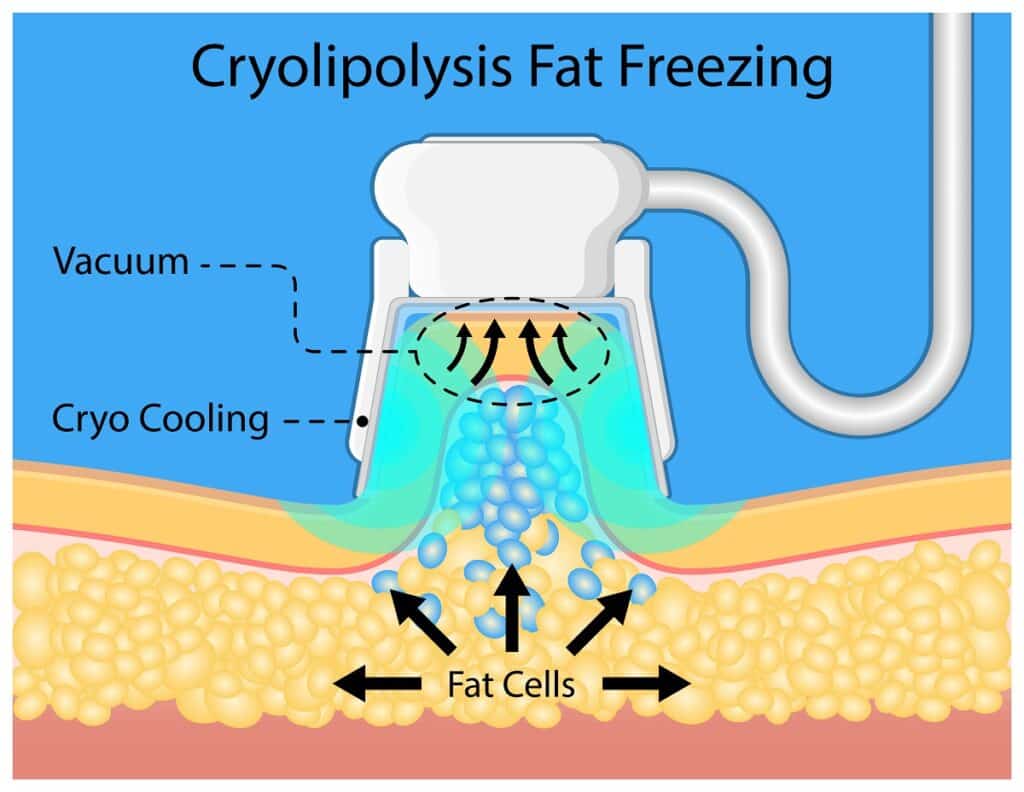
Cost Comparison
Both methods vary in cost. RF Body Contouring sessions range from $200 to $2,000 per session. CoolSculpting costs between $600 and $1,200 per area treated.
CoolSculpting may require fewer sessions compared to RF Body Contouring. This could make it a more affordable option in the long run. However, the total cost depends on individual goals and areas treated.
Number of Sessions Required
RF Body Contouring often requires multiple sessions. Patients might need between 6 to 12 sessions for optimal results. Each session lasts about 30 to 60 minutes.
CoolSculpting generally needs fewer sessions. Most patients achieve desired results in 1 to 3 treatments per area. Each session can last 35 to 60 minutes depending on the size of the area.
Effectiveness for Different Body Types
Effectiveness can vary based on body types. RF Body Contouring works well for those with loose skin and mild fat deposits. It is suitable for people looking for skin tightening along with fat reduction.
CoolSculpting is effective for small to moderate fat bulges. It might not be ideal for individuals with significant weight loss needs or loose skin issues.
Surgical Procedure Alternative
Both methods are non-surgical alternatives to traditional liposuction. They offer a less invasive way to reduce fat without surgery risks.
Patients should consult with professionals to choose the best method for their needs. Factors like body type, goals, and medical history play a crucial role in decision-making.
Ideal Areas for Treatment
CoolSculpting Areas
CoolSculpting is effective for small, hard-to-reach areas. The procedure works well on the submandibular area, which includes the chin and jawline. It also targets the arms, making it ideal for reducing upper arm fat.
The inner thighs are another common area treated with CoolSculpting. The technique can also be applied to the back, especially in the bra bulge area. This makes it a versatile choice for various body parts.
RF Body Contouring Areas
Radio frequency (RF) body contouring mainly targets larger areas. The bottom and thighs are popular sites for this treatment. It is also effective for the hips and tummy.
This method can tighten the skin while reducing fat. This dual benefit makes RF body contouring attractive for those looking to improve skin texture along with fat reduction.
Applicator Sizes
CoolSculpting offers different applicator sizes. These sizes make the treatment versatile for various body parts. Smaller applicators work well for the chin and arms. Larger ones are used for the abdomen and thighs.
This flexibility allows CoolSculpting to target both small and large areas effectively. It ensures better results by fitting different body shapes and sizes.
Versatility of CoolSculpting
CoolSculpting stands out due to its versatility. It can treat multiple areas in one session. This makes it a time-efficient option for busy individuals.
The procedure is also non-invasive, meaning no surgery is required. This reduces recovery time compared to invasive treatments like liposuction.
Downtime and Recovery
No Downtime
Both CoolSculpting and RF Body Contouring offer a significant advantage: no downtime. Patients can return to their daily activities immediately after the procedure. This makes these treatments ideal for busy individuals. Unlike surgical options, there is no need for bed rest or extended recovery periods.
Temporary Side Effects
While both treatments require no downtime, there are possible temporary side effects. For CoolSculpting, patients might experience redness, swelling, or sensitivity in the treated areas. These symptoms usually resolve within a few days. RF Body Contouring may cause mild redness or warmth in the skin. These effects are also short-lived.
Post-Treatment Care
Following post-treatment care instructions is crucial for optimal results. For CoolSculpting, patients should avoid massaging the treated area for a few days. It’s also important to stay hydrated and maintain a healthy diet. RF Body Contouring requires similar care. Avoiding excessive heat exposure and moisturizing the skin can enhance results.
Emotional Impact
The quick recovery time has an emotional benefit too. Patients feel less stressed knowing they can resume their routines right away. This reduces anxiety associated with medical procedures. Knowing that side effects are temporary and manageable also provides peace of mind.
Making the Right Choice for You
Consult a Professional
Consulting with a professional is essential. They can assess your body type and fat reduction goals. Each individual has unique needs. A certified specialist will guide you on which treatment suits you best. Micayla, a 35-year-old woman, chose RF Body Contouring after her consultation. Her doctor determined it was more suitable for her stubborn belly fat.
Consider Lifestyle
Your lifestyle plays a significant role in choosing between RF Body Contouring and CoolSculpting. RF Body Contouring requires multiple sessions. Each session lasts about 30-45 minutes. If you have a busy schedule, this might be inconvenient.
CoolSculpting often needs fewer sessions but each can last up to an hour. Recovery time is minimal for both treatments. However, some people experience mild soreness after CoolSculpting.
Recovery Time Preferences
Recovery time is another crucial factor. CoolSculpting usually involves less discomfort post-treatment. Most people return to normal activities immediately. RF Body Contouring might cause mild redness or swelling, which fades quickly.
For those who prefer minimal downtime, CoolSculpting could be the better option. Evaluate how much recovery time you’re willing to tolerate.
Budget Considerations
Budget is important when deciding between these treatments. CoolSculpting tends to be more expensive per session than RF Body Contouring. However, fewer sessions may be needed overall.
RF Body Contouring might be more affordable initially but could require more sessions, increasing the total cost. Always consider the long-term financial commitment of each method.
Pros and Cons
Weighing the pros and cons of each treatment helps in making an informed decision:
- RF Body Contouring:
- Pros: Non-invasive, shorter session times.
- Cons: Requires multiple sessions, potential mild redness or swelling.
- CoolSculpting:
- Pros: Fewer sessions needed, minimal recovery time.
- Cons: Higher cost per session, potential soreness post-treatment.
Personal Goals and Health Conditions
Your specific aesthetic desires and health conditions should influence your choice. Those looking for gradual results may prefer RF Body Contouring. People seeking noticeable changes with fewer treatments might opt for CoolSculpting.
Health conditions also matter. For instance, individuals with certain skin sensitivities might find one method less irritating than the other.
Summary
You’ve explored the ins and outs of radio frequency fat reduction and CoolSculpting. Both methods offer unique benefits, but your choice depends on your specific needs and goals. Radio frequency is great for skin tightening, while CoolSculpting excels in fat freezing.
Now it’s up to you to decide which treatment suits you best. Consult with a professional to get personalized advice. Ready to transform your body? Book a consultation today and take the first step towards your ideal self!
Frequently Asked Questions
What is Radio Frequency Fat Reduction?
Radio Frequency Fat Reduction uses energy waves to heat the fat cells, causing them to break down. It’s non-invasive and targets specific areas.
How does CoolSculpting work?
CoolSculpting freezes fat cells, which are then naturally eliminated by the body. It’s a non-surgical method ideal for stubborn fat areas.
Which method shows faster results?
CoolSculpting often shows results within 3 weeks, with full effects in 2-3 months. Radio Frequency may require multiple sessions over several weeks.
Are there any side effects?
Both methods have minimal side effects. CoolSculpting may cause temporary numbness or redness. Radio Frequency might lead to mild swelling or redness.
Can these methods treat all body areas?
CoolSculpting is effective for areas like the abdomen, thighs, and arms. Radio Frequency is versatile but best for smaller areas like the face and neck.
Is there any downtime required?
Both treatments have little to no downtime. You can usually return to daily activities immediately after the procedure.
How do I choose between the two?
Consider your treatment area, desired results, and personal preference. Consult a specialist to determine which method suits you best.

